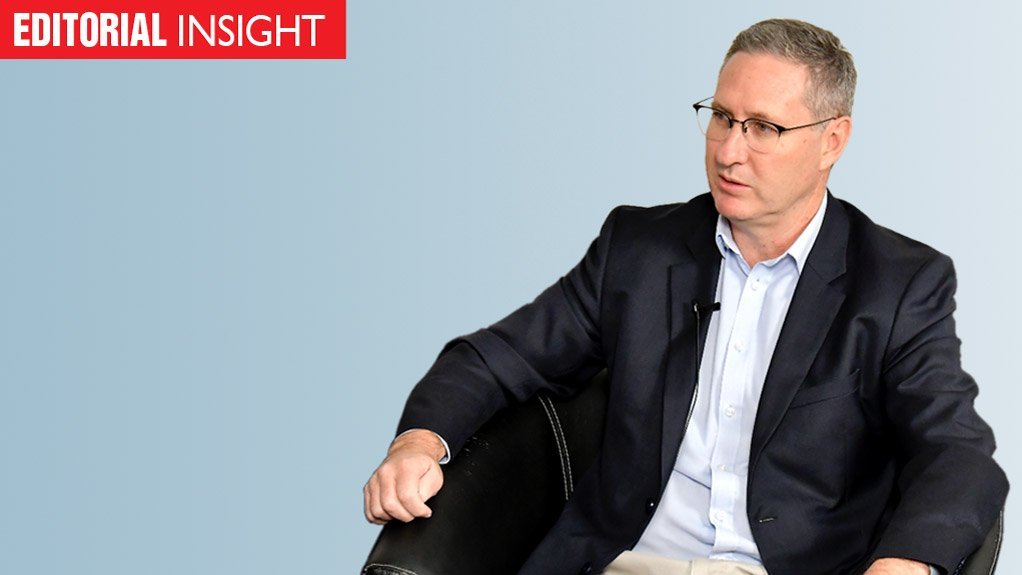Three recent international publications have underlined just how urgent it is for South Africa to respond to the challenges and opportunities being presented by the strong growth in demand for those minerals needed for the unfolding energy transition.
The first is the International Energy Agency’s inaugural ‘Critical Minerals Market Review’, which shows that the market for minerals used in electric vehicles, solar panels and wind turbines has doubled over the past five years, reaching $320-billion in 2022. That is equivalent in size to the giant iron-ore market.
It also shows that the growth in the market for such minerals is outpacing other bulk minerals by some margin. From 2017 to 2022, the overall demand for lithium, which is used in batteries and other new energy technologies, trebled, while there was a 70% jump in demand for cobalt and a 40% rise in nickel demand. By contrast, there was only modest demand growth for materials such as zinc and lead, which are less aligned to energy transition developments.
Another important message for South Africa is that many countries are desperate for a greater diversification of supply of both the raw minerals and the refined materials, with China dominating the processing of cobalt, lithium, graphite and rare earths. The report notes that there is a particular supply threat in the area of high-purity manganese, in which South Africa should surely be interested, given that this country holds large resources of manganese and has some processing experience.
The geopolitics of the transition was underlined in the second report, published by the International Renewable Energy Agency. This report argues that, while there is no scarcity of reserves for energy transition minerals, global capabilities for mining and refining are limited and supply disruptions could, thus, impact the speed of the transition in the short to medium term. “Geographically widespread material reserves open opportunities to diversify the mining and processing to notably developing countries,” the report argues.
The third report has been produced by McKinsey & Company and warns that, as the world accelerates the deployment of climate technologies in support of net-zero transitions, there is a risk that materials supply might not scale at the required speed. Investments in mining, refining and smelting will need to increase, the report calculates, to about $3-trillion to $4-trillion by 2030, or about $300-billion to $400-billion a year, including capital expenditure for exploration and new and ongoing projects.
Likewise, labour capacity will need to be increased by 300 000 to 600 000 specialised mining professionals, and there will also be a requirement for an additional 200 GW to 500 GW of energy by 2030 to power these mining and processing assets, which will be equivalent to 5% to 10% of estimated solar and wind power capacity by 2030.
The implications for a mining country such as South Africa could be significant. Yet, unlike other key mining jurisdictions such as Australia and Canada, South Africa has not produced a coherent critical minerals strategy. It’s becoming urgent that we do.
EMAIL THIS ARTICLE SAVE THIS ARTICLE ARTICLE ENQUIRY
To subscribe email subscriptions@creamermedia.co.za or click here
To advertise email advertising@creamermedia.co.za or click here











